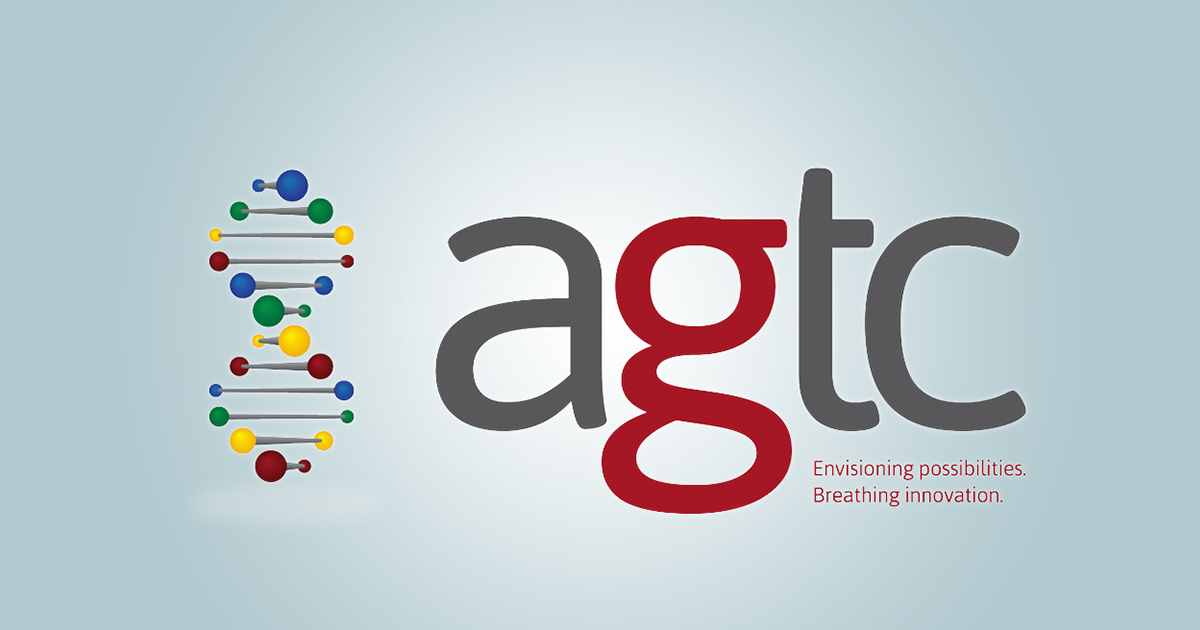After XLRS Gene Therapy Disappoints, AGTC Looks to ‘Transformative Year’

Since announcing disappointing clinical trial results for one of its lead ophthalmic gene therapy candidates and the termination of its collaboration agreement with Biogen, Applied Genetic Technologies Corporation (AGTC) is seeking a path forward to develop the rest of its ophthalmology portfolio on its own. President and CEO Sue Washer tells OIS Weekly that 2019 will be “a transformative year” for the company.
It’s been about a month since AGTC announced that clinical trials of its adeno-associated virus-based gene therapy for treatment of X-linked retinoschisis (XLRS) failed to show any clinical activity after six months and that it would halt the development program. The stock cratered from around $6.50 a share to below $3. It has recovered somewhat but is trading at historic lows, just above $3. Washer answered a host of questions from OIS Weekly to explain what’s next for the company.
Other Programs on Track
For example, AGTC is still pursuing its other programs in X-linked retinitis pigmentosa (XLRP) and achromatopsia (ACHM). “There are very few similarities between the XLRS and XLRP trials and AGTC plans to advance the XLRP program as previously disclosed, and we are confident in the trials’ potential to demonstrate benefit,” Washer says. The company is on track with two Phase I/II ACHM trials investigating the CNGB3 and CNGA3 genes, and expects to report top-line six-month results in both programs this year.
“We believe that these differences and the very strong set of preclinical data we have increase the likelihood that we will see clinical activity in the achromatopsia B3, achromatopsia A3, and XLRP clinical trials,” she says.
Washer notes that the XLRS trial did show the drug was safe and well-tolerated, which helps to inform the other programs. “We believe that the safety and tolerability profiles demonstrated in the XLRS clinical trial are positive indicators for the clinical development of our entire pipeline and our gene delivery platform as a whole,” she says.
Two Years of Cash on Hand
Washer also says AGTC has enough cash on hand – $105.4 million as of September 30, 2018 – to get through the next significant readouts of the XLRP and ACHM programs. “Our programs will continue seamlessly,” she says. “We believe that these funds remain sufficient to allow AGTC to generate data from its ongoing clinical programs, to move the preclinical optogenetic program in collaboration with Bionic Sight into the clinic, and to fund the planned research and preclinical programs for at least the next two years per previous guidance.”
AGTC has received approximately $146 million from Biogen, “all of which we will retain,” Washer notes. Biogen also remains responsible for reimbursing XLRP and certain other costs through March 8, 2019.
AGTC entered into a collaborative agreement in 2017 with Bionic Sight to develop optogenetic therapy that uses the former’s experience in gene therapy and the latter’s neuro-prosthetic device and algorithm for retinal coding. Washer says Bionic Sight expects to file an investigational new drug application for its optogenetics program in the first half of the year.
“We have a robust cash position supported by a history of fiscal discipline that will enable our current financial resources to advance our now enhanced pipeline for at least the next two years,” Washer says.
E-mail questions and comments to Rich@healthegy.com.
